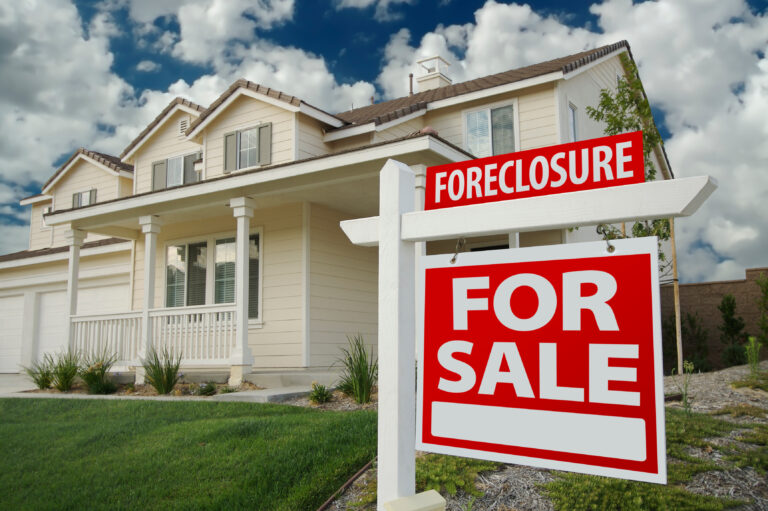A nonconforming or grandfathered property is a use, structure, or lot that existed lawfully prior to the enactment of the zoning ordinance, and has been continuously maintained since the effective date of that ordinance, even though it doesn’t meet the standards the ordinance says it must meet for the particular zoning district it is located in. But what does this really mean?
Let’s say you’re looking to buy an old store located in a sea of tightly packed single-family homes in a gentrifying neighborhood just outside downtown—what better location for a fancy cheese shop or brewery, right? Or perhaps you see an advertisement in Uncle Henry’s for a former campground on a cherished Maine lake now surrounded by homes straight out of Dwell Magazine on lots so big you don’t have to feign niceties with your neighbor. So, besides being places this blogging attorney would rather be right now, what exactly do these hypothetical properties have in common?
Well, typical zoning ordinances in Maine do not allow commercial uses right in the middle of a residential neighborhood or permit the old-school campgrounds full of small cabins and trailers packed next to each other right up on the water’s edge. So these two hypothetical properties would probably only be legal if they existed before the zoning law that prohibited such uses was enacted. In this case, they would be allowed to continue as “nonconforming” or “grandfathered” properties. Given their unique legal status, grandfathered properties can be very valuable.
While what someone looking to buy or sell such a property can or can’t do with a nonconforming property depends greatly on the specific zoning ordinance at issue, there are some general rules and some recurring situations.
The General Rule
Generally, if you have a nonconforming structure or use, you can continue to use it as it always has been, but you can’t change or expand that use unless you can meet the standards for whatever exceptions the zoning ordinance allows for changing, expanding, or relocating a nonconforming property. This general rule makes sense if you consider the competing policy goals at issue here, which the Maine Supreme Court summed up succinctly in Day v. Town of Phippsburg:
The policy of zoning is to abolish nonconformi[ties] as speedily as justice will permit. In light of this policy, zoning provisions that restrict nonconformities are liberally construed, and zoning provisions that allow nonconformities are strictly construed. A grandfather clause, which allows the limited continuance of nonconformities, is included in zoning ordinances in order to avoid takings challenges. It is designed to strike a balance between a municipality’s interest in abolishing nonconformities and the interests of property owners in maintaining land uses that were allowed when they purchased their property.
Here are some common issues that arise with these properties…
Is it a nonconforming lot, structure, or use?
First, it is important to know whether you are dealing with a nonconforming lot, structure, or use. It may seem obvious, but the distinction can be critically important. A nonconforming use may not be able to change to another use without losing its nonconforming status, but a nonconforming lot will remain a nonconforming lot no matter how it is used (…usually).
Can the nonconforming use change?
Ordinances often allow some change in use, such as increasing the intensity of an existing use. But many ordinances (and courts) will draw the line when the change is so great that it alters the property’s character. For example, it would probably not be permissible to renovate a nonconforming boathouse into a bunkhouse and put it on Airbnb because this new use would fundamentally change the quality and character of the old use. But, by comparison, it’s doubtful a town or court could shut down a nonconforming business that just got more successful over time.
Can a nonconforming structure be expanded?
Maybe. Again, it depends on the ordinance. For example, the Mandatory Shoreland Zoning Act requires municipalities to enact land use controls for all “shoreland areas” that meet certain minimum requirements. A 2015 amendment to the model shoreland zoning guidelines for how the footprint of nonconforming structures may be expanded was a hot topic a few years ago. See our blog about it here. Generally, depending on the structure’s location in relation to the normal high-water line of the water body, the footprint may be expanded no more than the greater of 30% larger than the existing footprint or than a specified number of square feet that differs depending on the distance from the normal high-water line of the shore.
Can a nonconforming property be sold?
Grandfathering status follows the property, not the owner. So long as there is no gap in time or other significant change, like a change in use, a property can be transferred from seller to buyer without being stripped of its nonconforming legal status
Grandfathered rights not used continuously can be lost
Ordinances commonly provide that a nonconforming use that is discontinued for a certain period of time cannot be resumed and must now conform to the current law.
Watch out for a merger!
Most ordinances have a “merger clause,” which states that when abutting undeveloped, undersized lots come under common ownership, the grandfathered status of each lot is permanently and irreversibly lost and the lots are forever merged into one.
Lightning strikes!—can you rebuild a destroyed nonconforming structure?
Usually, an ordinance will provide that a nonconforming structure that is destroyed or damaged to a certain degree may be rebuilt. However, to replace the existing structure and avoid having to meet the new ordinance standards, an owner must often start and finish the construction within a certain time period and match the footprint of the old structure.
The bottom line when it comes to nonconforming lots, structures, and uses
In short, these issues can be tricky and can wind up in court. Whether you are a buyer or seller of what you think may be a nonconforming property, it is important to take a close look at the applicable ordinances to determine what may or may not be allowed. There are also some creative legal solutions that can be employed to allow some change to a nonconforming property without losing the property’s grandfathered status.

Stephen Wagner, Esq
Rudman Winchell
207-947-4501


